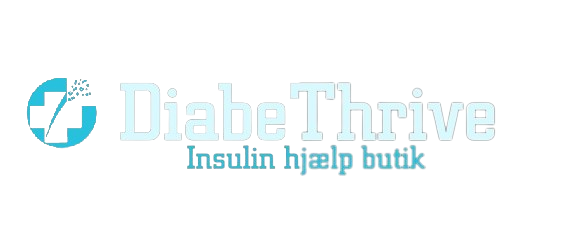Navigating Continuous Glucose Monitoring: A Comprehensive Guide
Living with diabetes requires a vigilant approach to managing blood glucose levels, and the evolution of technology has introduced game-changing tools such as Continuous Glucose Monitors (CGM). However, like any technology, CGMs come with their set of pros and cons. In this comprehensive guide, we aim to present a holistic view of CGMs, empowering individuals with diabetes to make informed decisions about incorporating this technology into their management routine.
Advantages of Continuous Glucose Monitoring for Individuals with Diabetes:
-
Accurate and Real-time Data:
- Provides a more accurate picture of glucose levels throughout the day.
- Displays current glucose levels and predicts the direction and rate of change.
-
Insight into Glycemic Patterns:
- Allows users to assess glycemic patterns and variability, aiding in personalized management.
-
Prevention of Extreme Glucose Levels:
- Potential to prevent hypoglycemia and hyperglycemia through timely alerts.
-
Enhanced Awareness of Lifestyle Impact:
- Illustrates how lifestyle choices and other factors influence glucose levels.
-
Remote Monitoring and Collaboration:
- Enables users to share glucose levels with family members and healthcare teams.
- Data can be viewed remotely, facilitating therapy adjustments between clinic visits.
-
Overnight Glucose Insights:
- Provides valuable information about glucose levels during overnight periods.
-
Informed Insulin Adjustments:
- Allows for insulin dosing adjustments based on real-time numbers and trend arrows.
- Integration with insulin pumps may offer features like pausing or adjusting insulin delivery.
Potential Disadvantages and Considerations:
-
Financial Considerations:
- Cost implications, particularly if not covered by insurance.
- Insurance coverage or qualification issues may arise.
-
Calibration Requirements:
- May require occasional calibration with fingerstick glucose measurements.
-
Learning Curve and Device Usage:
- Initial learning curve and potential complexity in device usage.
- Need to remember to scan intermittently or interact with the device.
-
Information Overload and Alarm Fatigue:
- Possibility of information overload and alarm fatigue due to frequent or false alarms.
-
Continuous Device Presence:
- Constant presence of the sensor on or in the body.
-
Potential Skin Irritation:
- Possibility of skin irritation with prolonged sensor use.
Benefits for Healthcare Teams:
-
Detailed Glucose Metrics:
- Offers detailed metrics such as time in range, time above/below range, and glycemic variability.
-
Remote Data Viewing:
- Allows healthcare professionals to view data remotely for efficient therapy adjustments.
-
Reduction in Hypoglycemia Events:
- Contributes to a reduction in hypoglycemia events.
-
Improved Long-term Complication Prevention:
- Potential to decrease long-term complications of diabetes through improved glucose control.
In conclusion, a Continuous Glucose Monitor is a powerful tool that, when embraced by someone committed to utilizing it, can significantly enhance diabetes management. Educating individuals about CGMs empowers them to make informed decisions at every stage of their diabetes journey. By understanding both the advantages and potential challenges, users and healthcare teams can engage in meaningful conversations, leading to improved outcomes.




